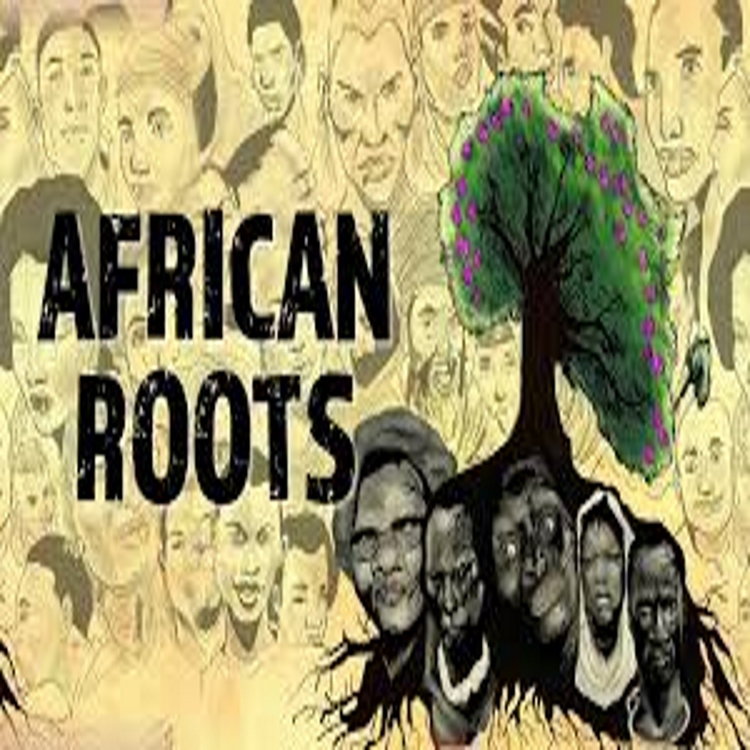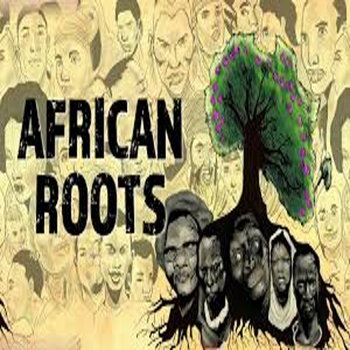
Queen of Sheba: A journey in search of wisdom
Loading player...
Though her origin is contested, the Queen of Sheba — also known as Makeda — is at the core of Ethiopian mythology. Her encounter with Israel's King Solomon 3,000 years ago is legendary.
When did the Queen of Sheba live? She is believed to have lived more than three thousand years ago.
What is the Queen of Sheba renowned for? In a massive desire to quench her thirst for knowledge, this legendary queen supposedly paid a visit to Israel's wise King Solomon in Jerusalem. Written accounts of the encounter suggest that she bore the king a son, who would become the first Ethiopian king in the Solomonic dynasty.
How do we know about her existence? The encounter in Jerusalem is documented in various texts, among them the Jewish Bible, the Qur'an — where the queen is called Bilqis — and an ancient Ethiopian document called Kebre-Negast, where she is named Makeda. She is also alluded to in the New Testament as the "Queen of the South".
What is the Kebre Negast? The Kebre Negast was first compiled as far back as the fourteenth century in Ethiopia. Its sources include various legends, the Old and New Testaments, as well as Egyptian, Arabian and Ethiopian sources. The Kebre Negast gives the most detailed account of the queen's meeting with King Solomon. The story goes that having convinced Makeda of his wisdom, Solomon spent the night with her. This union results in the birth of King Menelik I, the founder of the Solomonic dynasty in Ethiopia, which ruled until the deposition of Emperor Haile Selassie in 1974.
But where did the Queen of Sheba come from? The Queen of Sheba's origins remain a subject of debate. Ethiopians claim her as their own, but so do Yemenites who believe that tha name 'Sheba' is a reference to the Yemenite kingdom of Saba. Ethiopians believe her palace to have been in the northern Ethiopian town of Aksum, where ruins can still be visited.
When did the Queen of Sheba live? She is believed to have lived more than three thousand years ago.
What is the Queen of Sheba renowned for? In a massive desire to quench her thirst for knowledge, this legendary queen supposedly paid a visit to Israel's wise King Solomon in Jerusalem. Written accounts of the encounter suggest that she bore the king a son, who would become the first Ethiopian king in the Solomonic dynasty.
How do we know about her existence? The encounter in Jerusalem is documented in various texts, among them the Jewish Bible, the Qur'an — where the queen is called Bilqis — and an ancient Ethiopian document called Kebre-Negast, where she is named Makeda. She is also alluded to in the New Testament as the "Queen of the South".
What is the Kebre Negast? The Kebre Negast was first compiled as far back as the fourteenth century in Ethiopia. Its sources include various legends, the Old and New Testaments, as well as Egyptian, Arabian and Ethiopian sources. The Kebre Negast gives the most detailed account of the queen's meeting with King Solomon. The story goes that having convinced Makeda of his wisdom, Solomon spent the night with her. This union results in the birth of King Menelik I, the founder of the Solomonic dynasty in Ethiopia, which ruled until the deposition of Emperor Haile Selassie in 1974.
But where did the Queen of Sheba come from? The Queen of Sheba's origins remain a subject of debate. Ethiopians claim her as their own, but so do Yemenites who believe that tha name 'Sheba' is a reference to the Yemenite kingdom of Saba. Ethiopians believe her palace to have been in the northern Ethiopian town of Aksum, where ruins can still be visited.

